Like so many other elements of Peruvian culture, its music is an exact form of its identity. Its musical tradition dates back to pre-Columbian times, which were later expanded and enriched by influences such as Spanish and African.
Peruvian music, with its Andean melodies, salsa, and cumbia, offers a varied repertoire that expresses its history, traditions, and cultural diversity. Here, we will tell you about its typical music and other rhythms, fusions, and influences that represent it.
The richness of Peruvian music
Peruvian music's richness is firmly based on more than five centuries of tradition and history. It has always continued to be enriched by multiple contributions from different nationalities, thus showing the tremendous cultural diversity of this South American country.
In such diversity, the Amazon, the Andean, and all the rhythmic and harmonic elements of the conquering Spain and the Afro-descendant immigrants are integrated into its musical expressions. Today, its ancestral origins, the different contributions, and the most diverse and innovative fusions reveal to the world in its music as much variety and sense of belonging as its famous gastronomy.
Huayno: The rhythm of the Andes
This Andean rhythm is considered Peru's leading dance and musical expression. Of pre-Columbian origin, it incorporated various string instruments such as the guitar, the harp, the mandolin, and another of its creations in the Andean region, the charango, through conquest.
It has a fast tempo, a binary beat, and melodic phrases of equal length so that they can be repeated constantly. It begins with a brief instrumental introduction, and then, after a calm air movement, it moves to a faster rhythm so that the dancers can enter with their passionate footwork.
Marinera: The Elegance of the North
Due to its cultural fusion, it is one of the most refined dances and is also considered the national dance of Peru. In its northern version, it is the most practiced and recognized throughout the country.
After a snare drum percussion as the beginning sound, it begins with a couple greeting each other from a distance and with much reverence as part of what can be an elegant courtship. With flirting, the distance is shortened. She avoids his gaze and begins to tap her feet, which symbolizes that the man before her accepts him as her suitor or lover.
The man, for his part, begins his seduction with exquisite movements with his hat and handkerchief. Both change position and slowly get closer to the rhythm of the cajón and guitar; flirting and seduction crystallize.
Festejo: The Afro-Peruvian rhythm
With the arrival of Africans as slaves in the 17th century, despite their deplorable condition, they were quick to share their joyful and sensual rhythms with the Peruvians of that time. At first, this rhythm accompanied the narration of customs, achievements or misfortunes, suffering or pain, which was carried out in body and voice accompanied by percussion instruments such as the bongo, the Peruvian box, the donkey jaw, and the congas.
In the evolution of this symbolic and quintessential Afro-Peruvian rhythm, decimists have been essential, merging steps from “La resbalosa” with those of “Son de los diablos” to make this rhythm, which is known both in Peru and beyond its borders as Festejo, become concrete and very popular. Once it makes its way beyond its initial narrations, it has become an energetic dance to which it is contagious and inevitable to move the hips without taking showy steps.
Peruvian cumbia
In historical terms, this musical genre, with Peruvian characteristics, has a recent origin. It was born at the end of the 1960s as a product of a fusion of rhythms from the coast, the jungle, and the Peruvian mountains, psychedelic rock, and Colombian cumbia.
Peruvian cumbia has variants according to the area where it is performed and the respective influences contributed by its different interpreters: Andean or chicha, southern, jungle or Amazonian, and coastal. Chicha or Andean presents a fusion with huayno, while Southern has fused techno with Andean cumbia.
Enrique Delgado, leader of the group Los Destellos, is considered the father of Peruvian cumbia, and it was this group that incorporated the electric guitar among its instruments, which at that time was only used for rock pieces.
Creole waltz: The melody of Lima
It is easy to assume that the Creole waltz has its roots in the musical and dance style Strauss composed in Vienna in the 19th century. There are several theories about its arrival in Peruvian lands. Still, it is inevitable that the waltz first reached the salons of the wealthy class or aristocrats and then spread to the popular level with the contribution of native rhythms such as the zamacueca and the yaraví without lacking the influence of African rhythms.
The Creole waltz, with its very particular characteristics in Peru, as in other countries of America, has gone from a time of splendor in the 19th century and part of the 20th century to a stage where it does not enjoy as much popularity and diffusion as in those times. It was a source of inspiration for great authors, and today, it remains a tradition and a kind of artistic symbol of Peru's long and unique history.
Amazonian music: rhythms of the jungle
This music carries within itself the vigorous force of the jungle, inherited from the ethnic groups that have populated it for centuries. Some influences from different parts of the world have been used to consolidate it. It emerged with unusual vigor during a period that is usually called the rubber boom.
This fact attracted, among so many adventurers, musicians with instruments such as the flute, the violin, and the piano, to mention only the most outstanding. And, of course, it attracted performers of various musical genres from the country and from other latitudes of the world.
From this encounter and mixture emerged the Amazonian cumbia and genres with distinctive and particular characteristics, such as Amazonian jazz and blues.
Fusion music: the new face of Peruvian music
This is a proposal or project that has been underway for a few years now, developed by a group of young people who challenged all kinds of cultural and ethnic segregation with a cosmopolitan vision and absorbed the best of the country and foreign influences in musical terms.
Some of its composers and performers define this emerging genre as a rock with an Andean feeling, as part of a cultural integration within the same country with the best contributions from outside in a globalized and intercultural world. It is still a novel experience that continues to create its creations in this sense and gain more and more audiences.
Representatives of the Peruvian music
Peruvian music is a cultural legacy full of history, tradition and diversity. Throughout the centuries, Peru has been the cradle of cultural diversity and ethnic groups that have influenced the creation of unique genres such as the Huayno, a rhythm with roots in Andean indigenous music. In addition, Afro-Peruvian music has played a fundamental role in the country's musical history, with the festejo as its best known expression, celebrating the African heritage of Peruvians.
While many Peruvian artists and groups have achieved prominence with native Peruvian genres, today, Peruvian artists fuse these genres with other modern styles, such as Andean pop and rock. Here are some of the most outstanding artists who proudly represent Peru.
Yma Sumac
We could not start this list without mentioning the very talented Yma Sumac, the greatest representative of Peruvian music in the world. She was the first and only Peruvian to obtain a star on the Hollywood Walk of Fame. Her unique style fused traditional Andean music with opera and popular music. She is known for her incredible vocal range, which spanned more than four octaves.
Eva Ayllon
The maximum representative of Afro-Peruvian music. Ayllon, with a career spanning more than five decades, has been a key figure in the diffusion of Afro-Peruvian music, especially the festejo, the landó, and the zamacueca. Throughout his career, he has won numerous awards, including a recognition of “Musical Excellence” at the Latin Grammy Awards.
Arturo “Zambo” Cavero
"Zambo” Cavero is a representative of the Creole waltz. He stands out for his powerful voice and his ability to interpret each song with a unique feeling. One of his most popular songs is “Contigo Perú”, which has become an anthem for Peruvian soccer fans with its emotional verses: ”On my chest I carry your colors, and there are my loves, with you Peru".
Gian Marco
Internationally recognized, Gian Marco is a representative of Peruvian music in the Latin pop and ballad genres. With multiple Latin Grammy awards throughout his career, he has positioned himself as one of the most outstanding voices in Latin America. Among his most popular ballads are “Parte de este juego” and “Canción de amor”, romantic ballads that have become classics in Peru.
William Luna
How to continue this list without mentioning the very talented composer and singer William Luna, being a representative of the Andean music and romantic ballad, demonstrating his innate talent to transmit all the feeling in each of his songs, he is who composes his songs and also plays the guitar which marks a distinctive. Some of his most emblematic songs are: “Niñachay”, “Ama kiriwaychu”, “Vienes y te vas”.
Susana Baca
Her songs stand out for her incredible voice that conveys nostalgia and pain with a traditional cajón (Afro-Peruvian music instrument). Since she was a child she was surrounded by musicians. Winner of two Latin Grammy Awards. Currently this Peruvian singer-songwriter with 80 years old continues to produce music that mixes pop and Andean rap “La espada y la razón”.
Grupo 5
Grupo 5 is one of the best known cumbia bands in Peruvian music, they stand out for having a catchy rhythm that invites their fans to dance Peruvian cumbia. They are known as the Golden Group of Peru. Among their most famous songs are “Motor y motivo”, “Eres mi bien” and “El ritmo de mi corazón”.
Libido
Libido is one of the most representative bands of Peruvian rock. Founded in Lima in 1996, it has produced a series of unforgettable hits that marked an era in Peruvian alternative music. With songs like “No voy a verte más” and “En esta habitación”, Libido continues to be a pillar of Peruvian rock, with a legion of fans that have followed them since their beginnings.
Peruvian musical instruments
When you listen to Peruvian music, you will hear instruments that embody its cultural diversity. The Andean quena, the cajón of Afro-Peruvian music, and the charango are just a few that define genres like huayno, marinera, and Peruvian cumbia.
Quena
The quena is one of the oldest wind instruments in the Andes, dating back over 5,000 years. It holds a sacred place in Andean culture, used in ceremonies, rituals, and offerings to the earth. The quena’s soulful sound has been a symbol of celebration and reverence for centuries. With over 20 different variations based on the size of the tube, this instrument offers a diverse range of tones. Today, its melancholic melodies are heard in traditional Andean music, as well as in modern genres like world music and fusion.
Zampoña
The zampoña is a traditional wind instrument made from a series of bamboo reeds of varying lengths. Declared an Intangible Cultural Heritage by Peru’s National Institute of Culture, the zampoña produces harmonious, airy sounds that are often described as the "voice of the wind." It is a staple in Andean music and plays a vital role in traditional festivals and indigenous ceremonies. In recent years, the zampoña has been incorporated into contemporary genres, including pop and world music, blending ancient sounds with modern rhythms.
Charango
The charango is a distinctive string instrument and a true emblem of Peruvian music. Originating from indigenous adaptations of European guitars, the charango evolved into several regional styles, including the Ayacuchano, Cusqueño, Puneño, and Arequipeño versions. Its bright, lively sound is integral to genres like huayno and saya, and it often accompanies festive songs and dances. The charango’s unique construction, traditionally using an armadillo shell, gives it a characteristic resonance that captures the vibrant spirit of the Andes.
Cajón
The cajón is a percussion instrument that stands as a symbol of Afro-Peruvian culture and is recognized worldwide. Declared a Cultural Heritage of Peru, the cajón's simple yet powerful design—essentially a wooden box—produces deep, resonant beats. Its rhythms are at the core of songs like “Toro Mata,” “Ritmo, Color y Sabor,” and “Me Gritaron Negra.” The cajón has transcended its origins, becoming a staple in various music genres globally, from flamenco to pop, showcasing the influence of Peruvian musical heritage.
Guitar
The guitar, introduced by the Spanish, quickly became a fundamental instrument in Peruvian music, especially in the coastal and Andean regions. In criollo music, the guitar adds warmth and melody to the vals criollo and marinera limeña, highlighting the emotional depth of these genres. In the Andes, unique tunings allow it to accompany huaynos and yaravíes with a distinct Andean flair. The versatility of the guitar makes it a unifying element across various styles of Peruvian music, from the coast to the highlands.
Andean Harp
The Andean harp, adapted from its European counterpart, was brought to Peru by the Spanish conquistadors and later embraced by indigenous musicians. It has become a cherished instrument in Peruvian folklore, especially in huayno performances. The Andean harp’s delicate, melodic sound evokes the emotional landscapes of the highlands. It is primarily played in regions from Ancash to Cusco, where its music is woven into the fabric of local festivals and celebrations.
Peruvian music is a true reflection of the nation’s cultural heritage, shaped by indigenous traditions, Spanish melodies, and African rhythms. The Andean quena and the coastal cajón are just two examples of instruments that carry stories of history, passion, and artistry. We invite you to immerse yourself in the sounds of Peru and experience the heart of a country expressed through its music.
“Music takes flight, finds its home in the soul, and stays in the heart of the people.” – Juan Diego Flórez, Peruvian tenor.

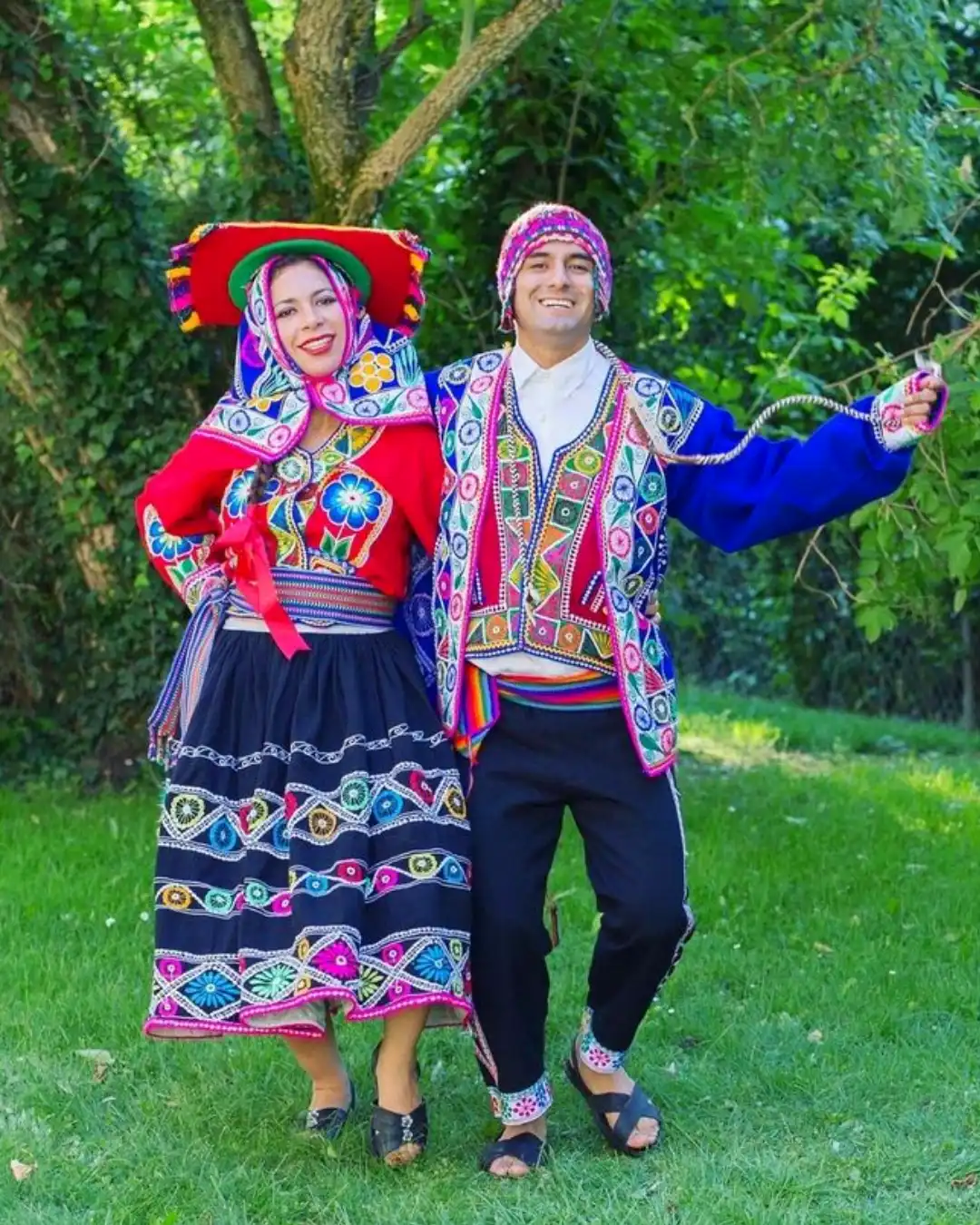
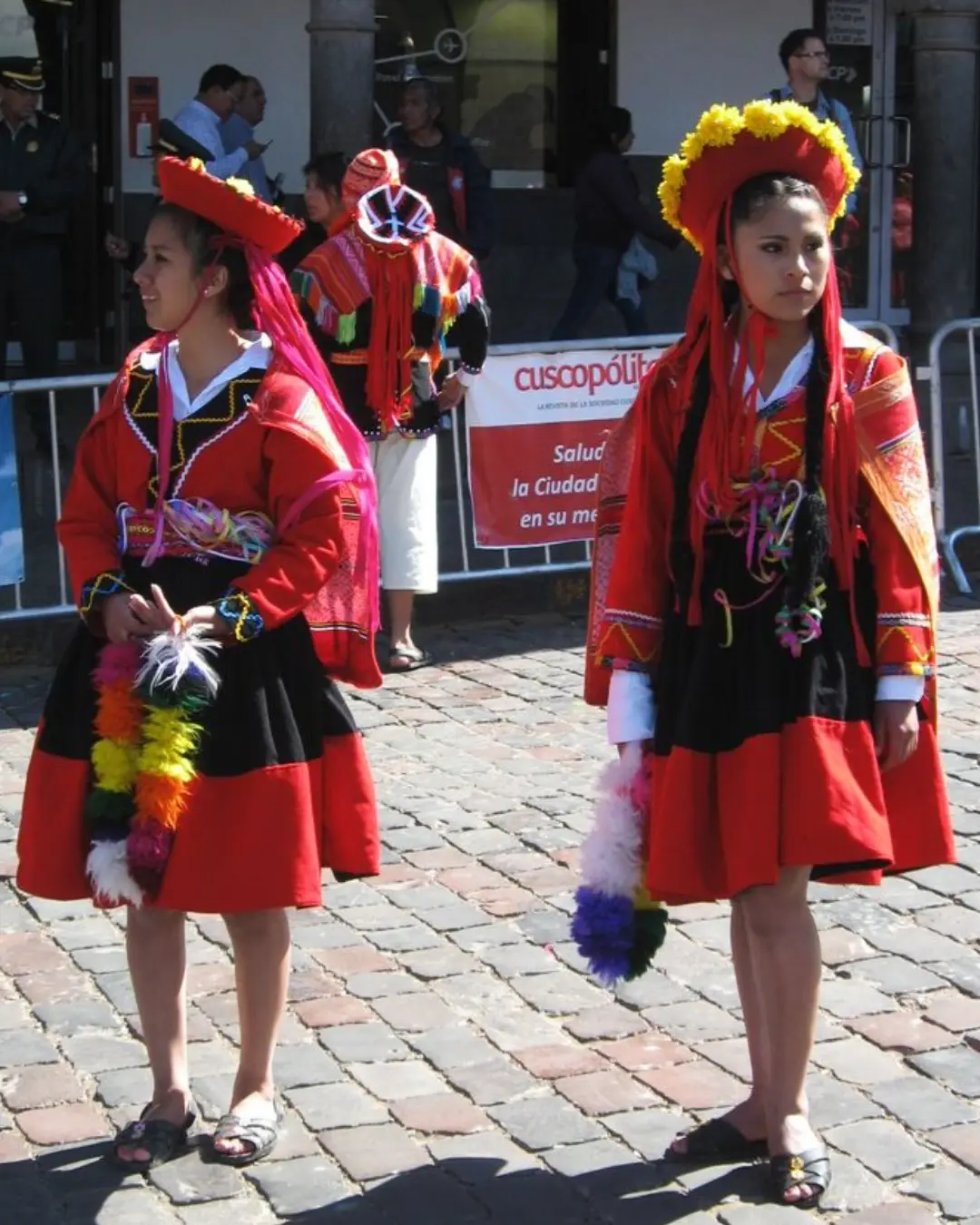
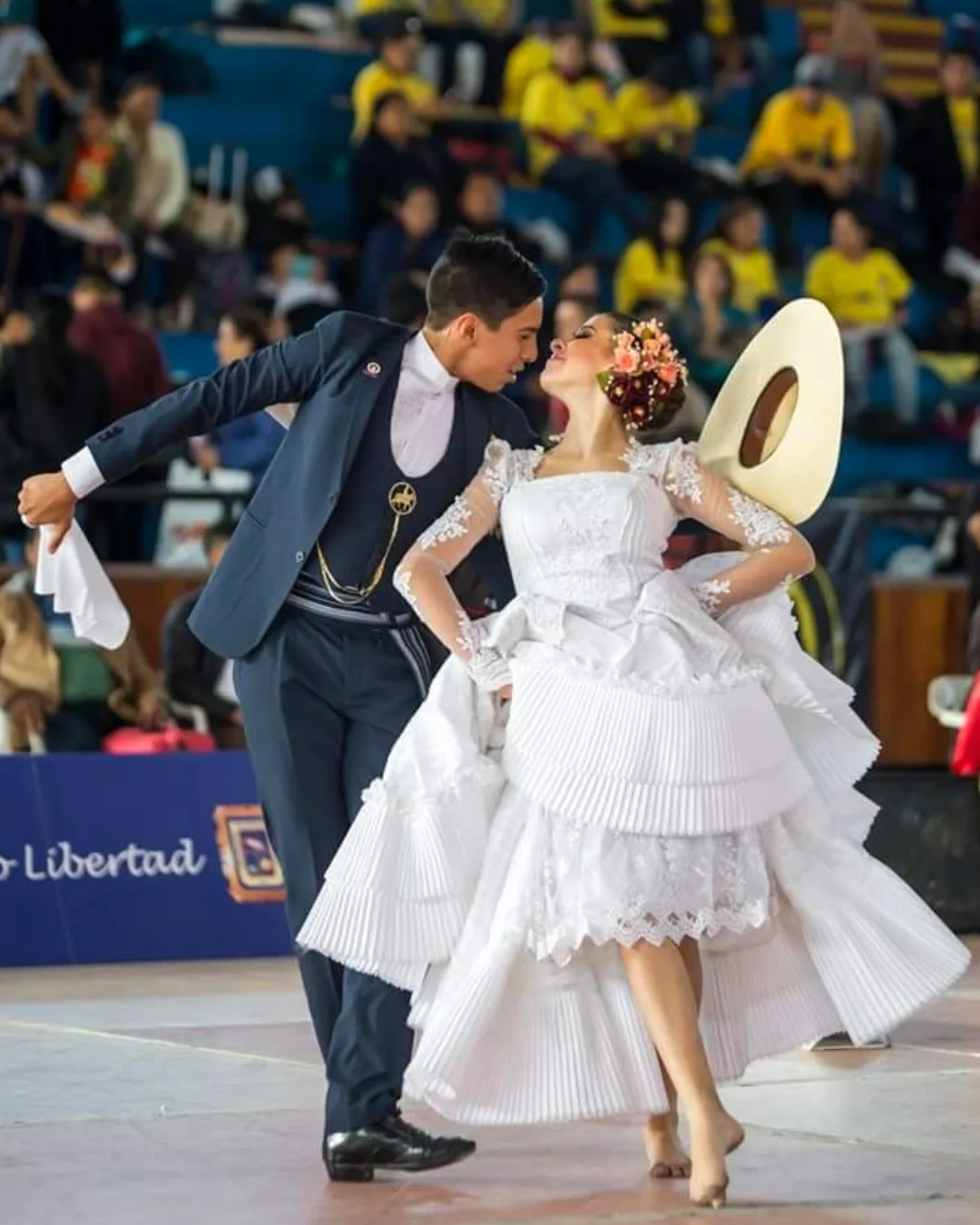
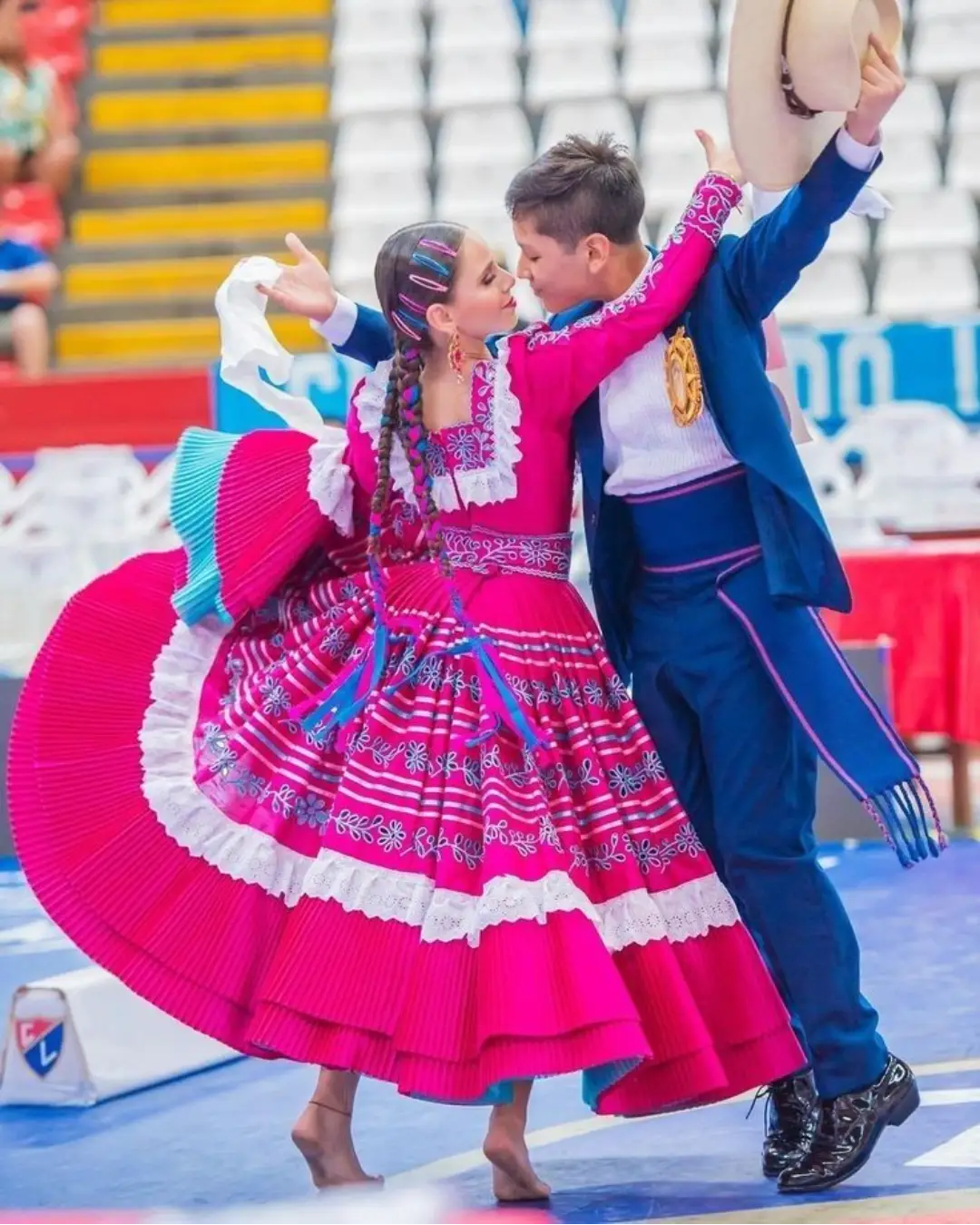
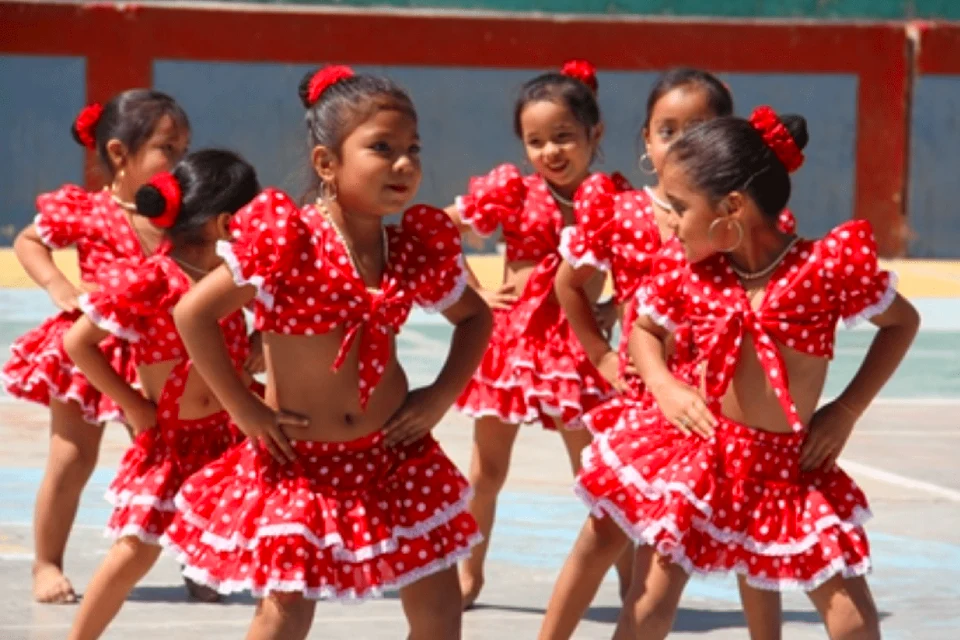
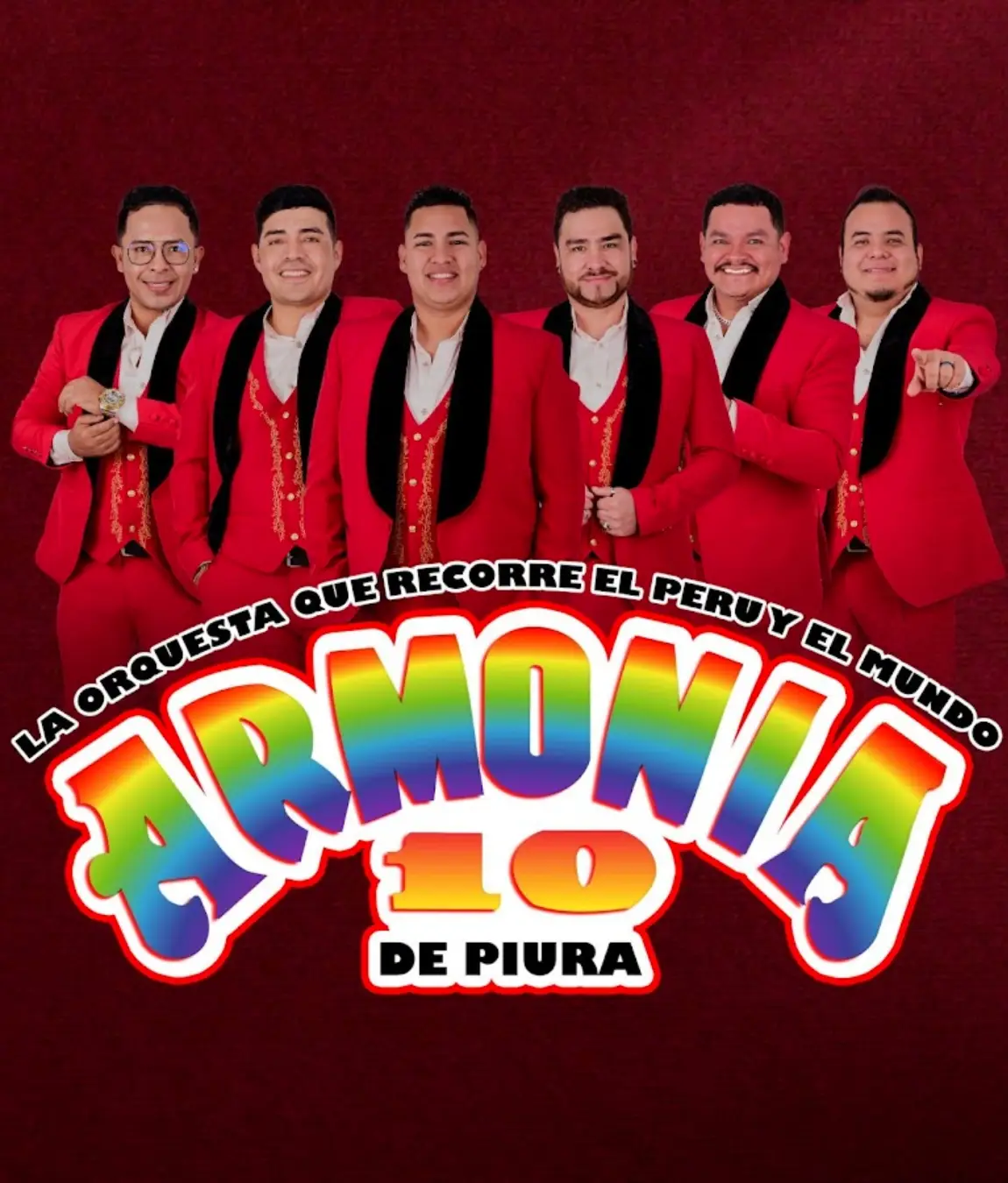
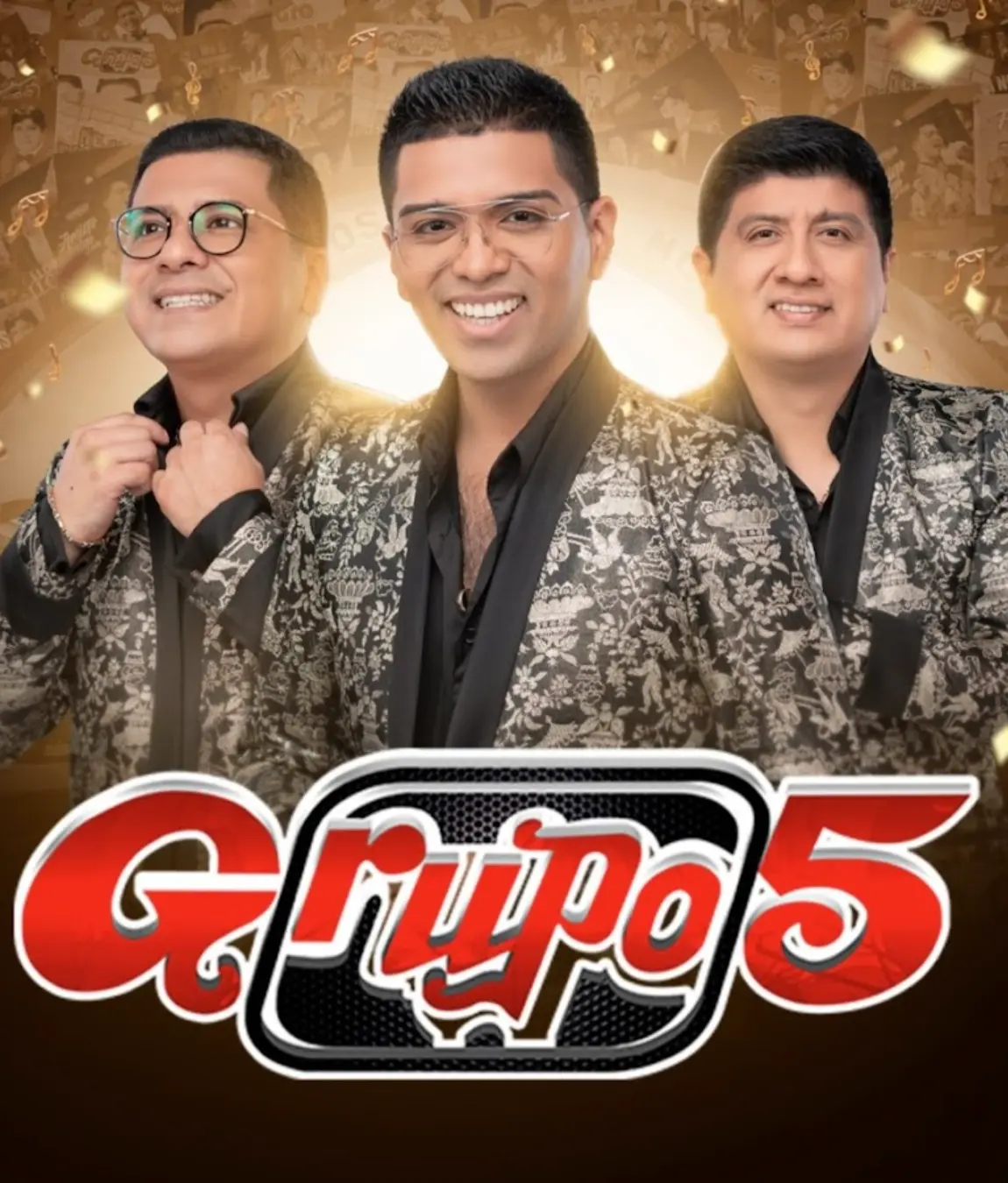
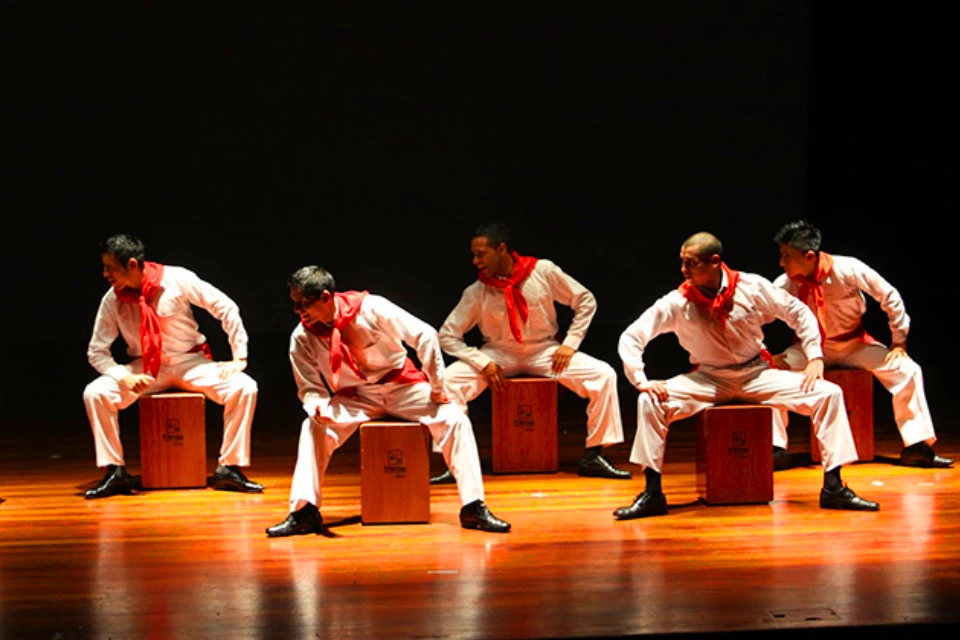
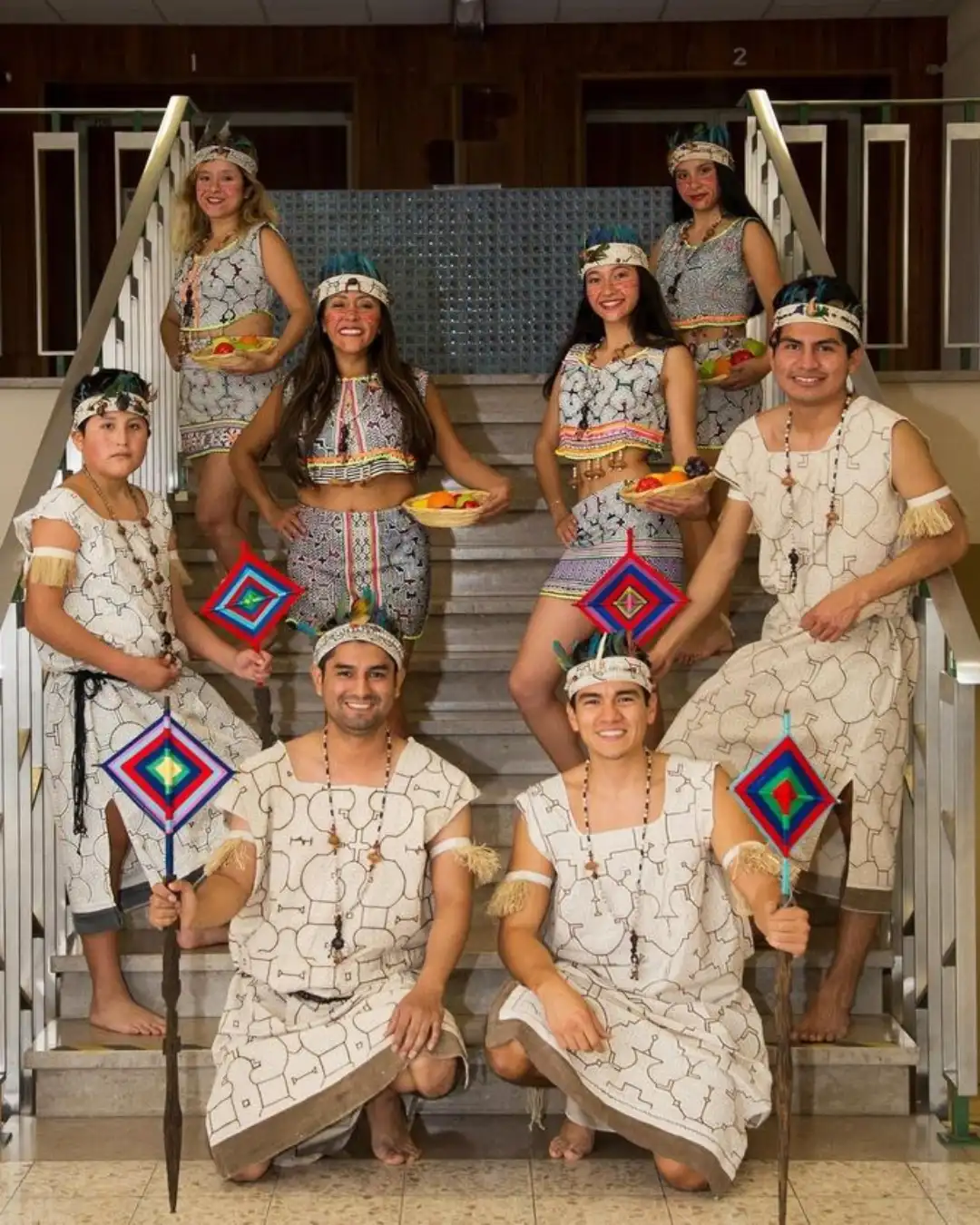
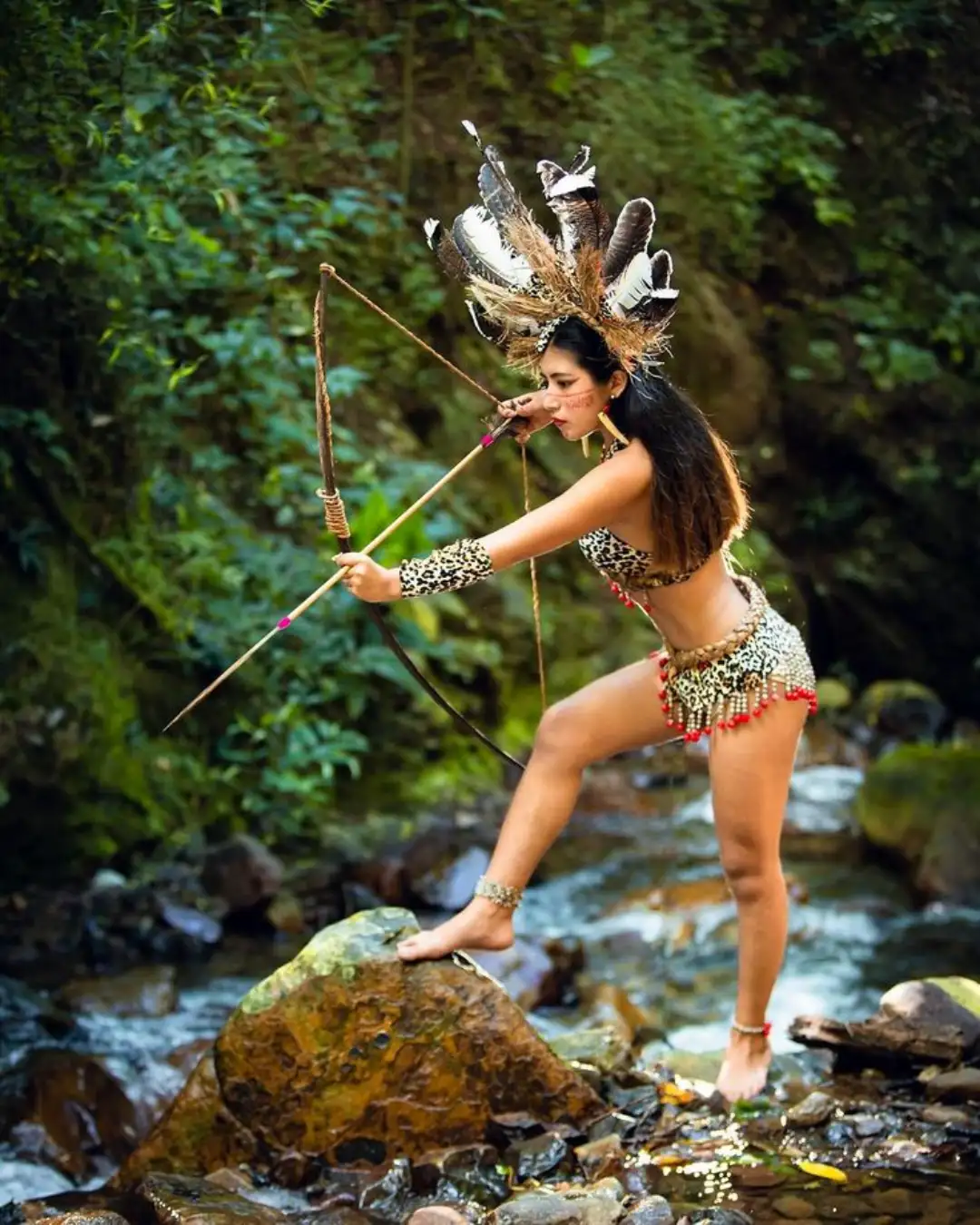

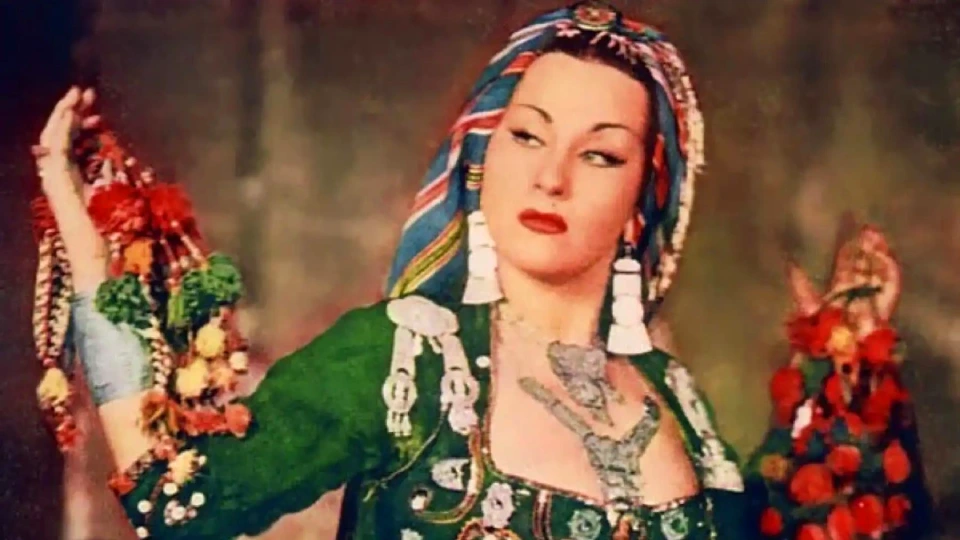
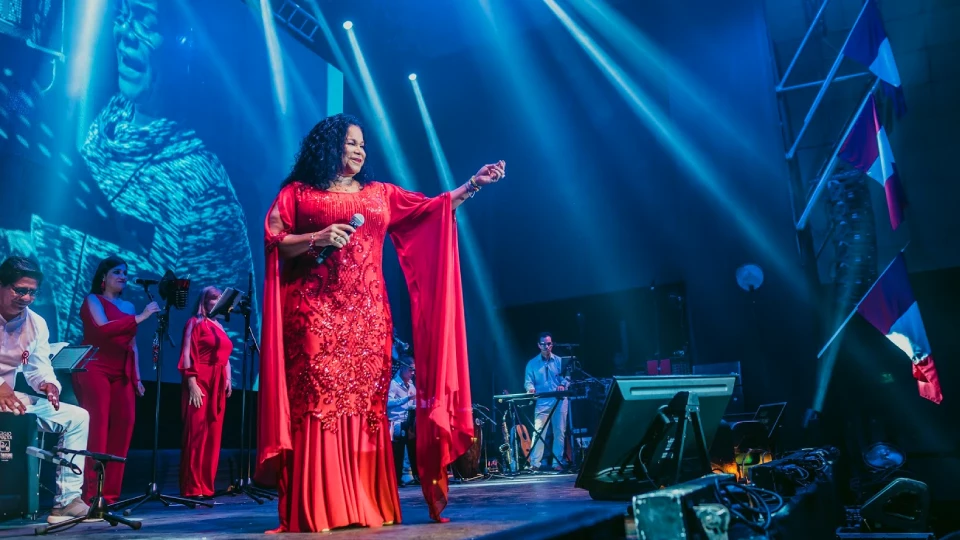
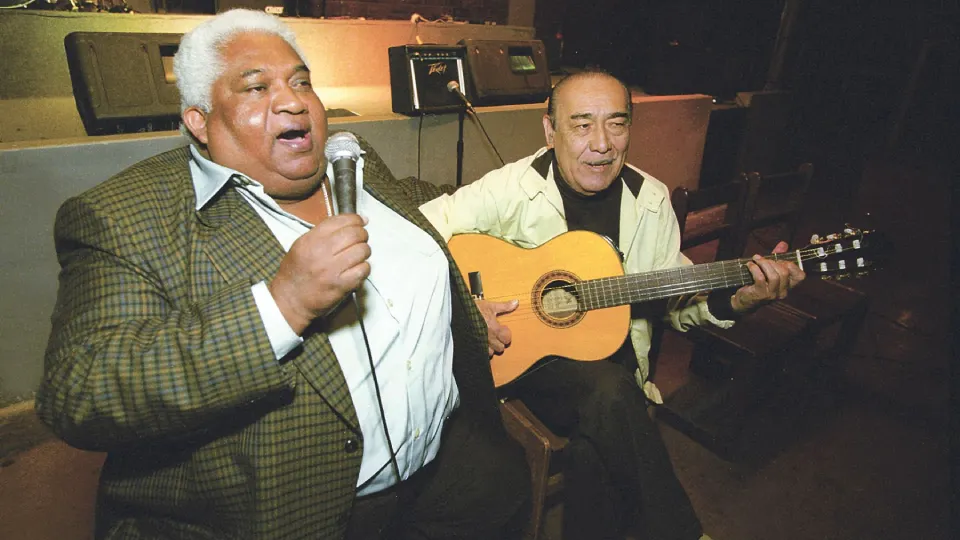
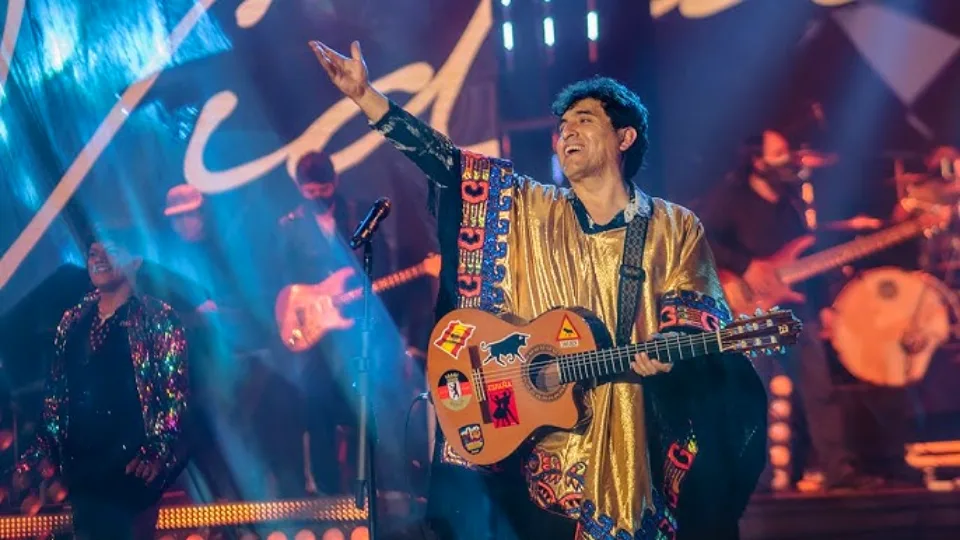
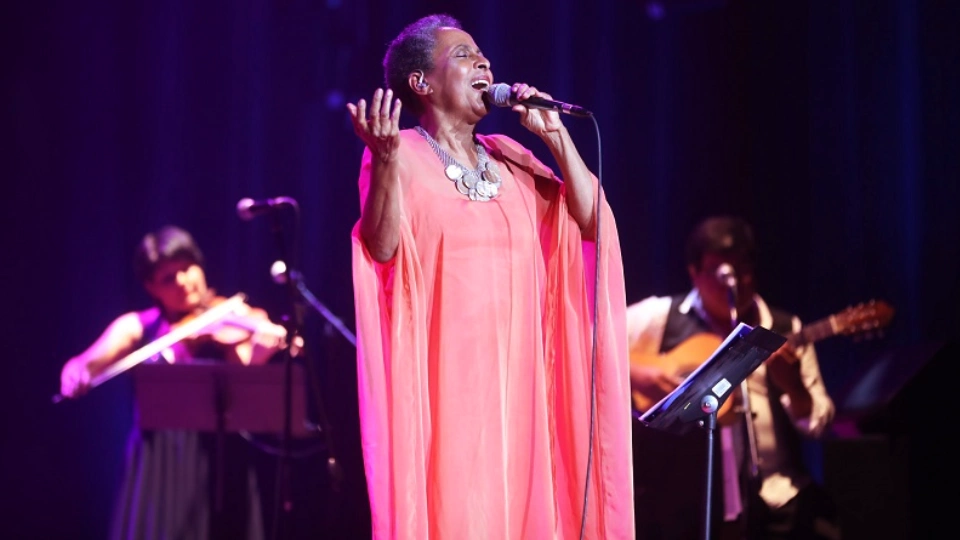
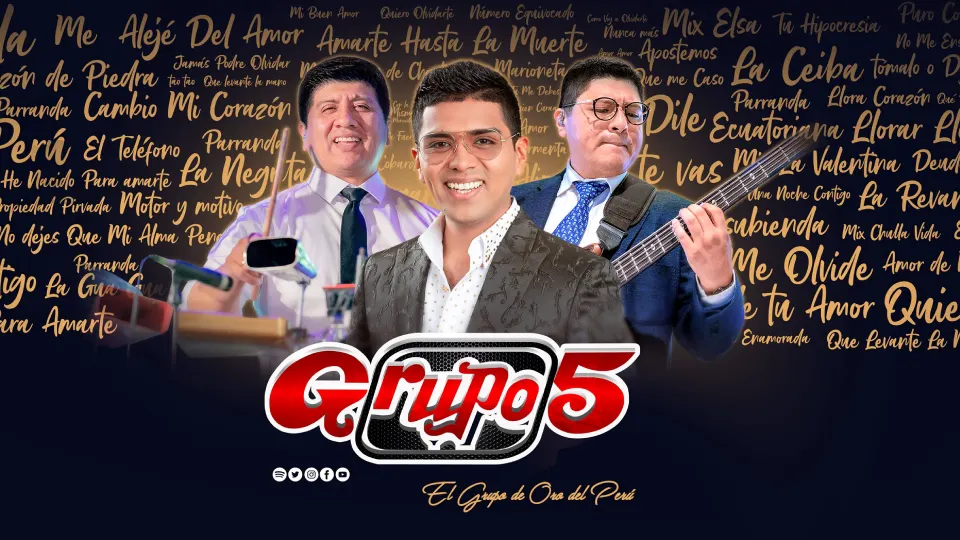
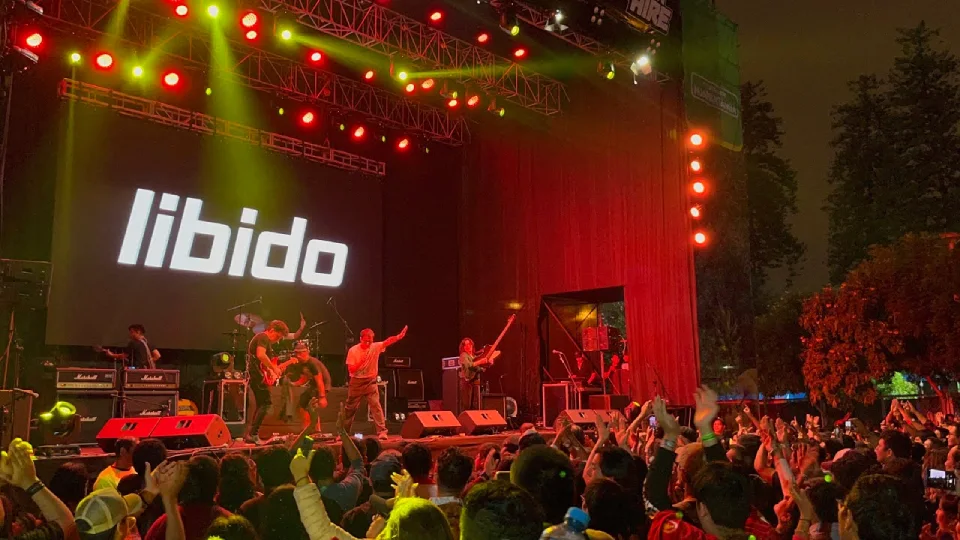
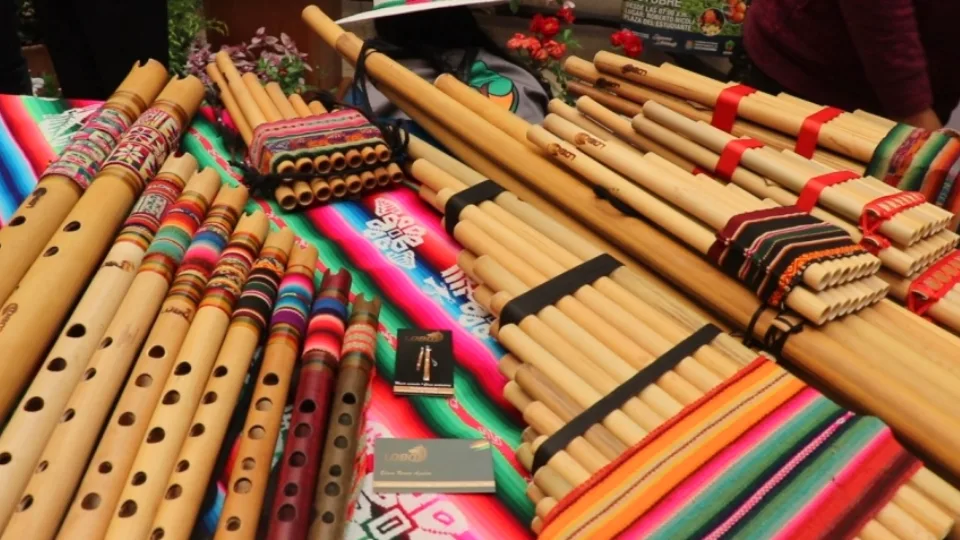
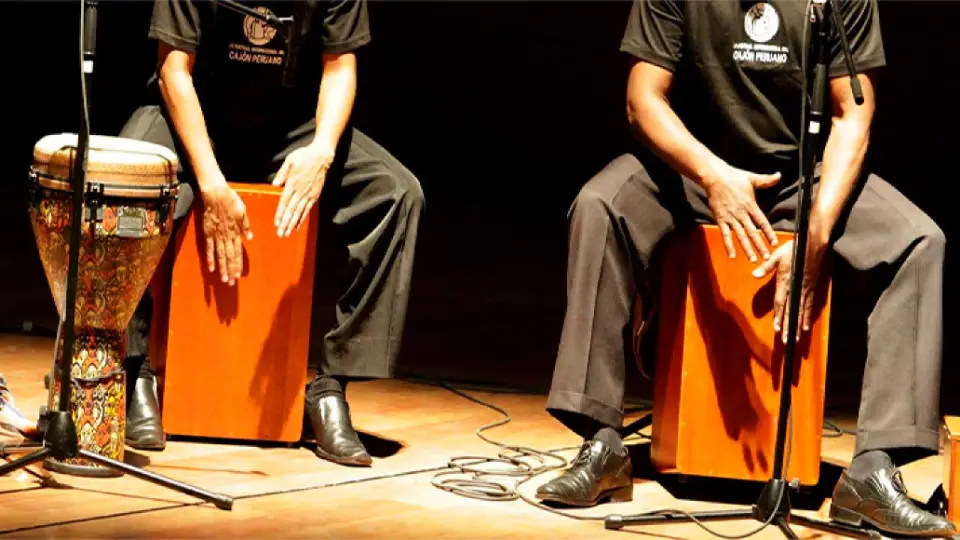
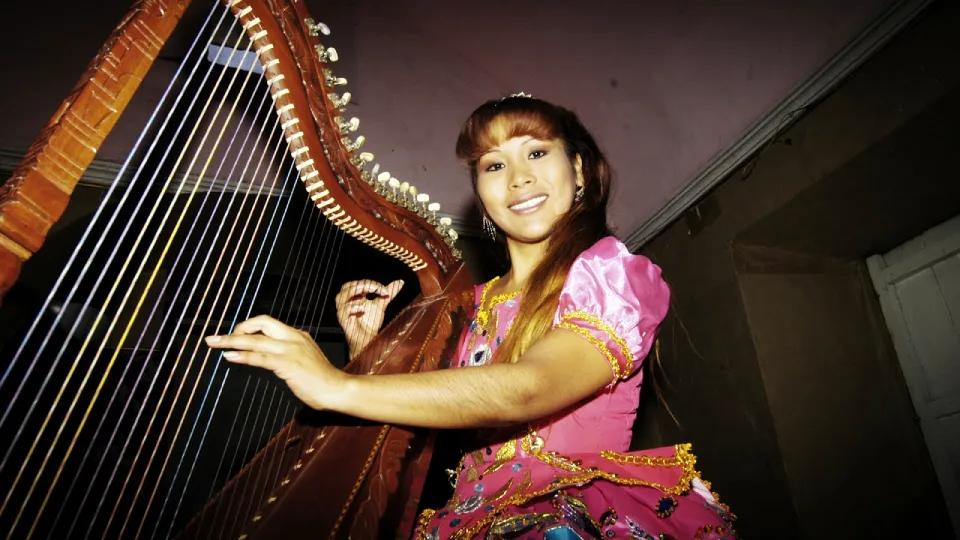
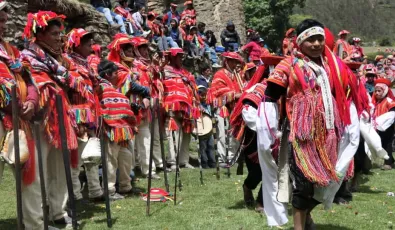
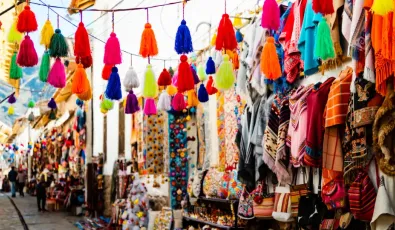


Add new comment